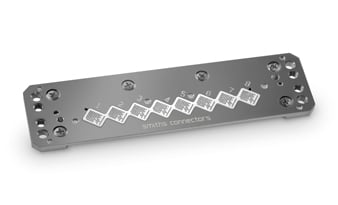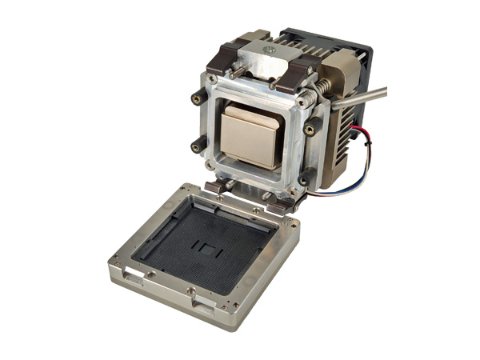- Mixed signal, power, data and fiber optic contacts
- IP68 heavy duty aluminum shell
- Suitable for EN Railway cables
- Removable and interchangeable modules
- Complete solution with cable
-
?ext=.jpg&width=480&resizemode=force)
Raising the Bar of Burn-In Testing Sockets
Burn-in testing is widely used as an aid in producing failure-free electronic components. When scientifically planned and conducted, burn-in-testing sockets offer one of the most effective methods of reliability screening at the component level. Testing during production plays a vital role in ensuring reliability and repeatability. Semiconductor manufacturing plants perform tests at each stage of production to eliminate defective parts as early as possible while precisely controlling each process parameter of the chip.
-

Volta Product Pushes Testing Technology Boundaries
A High Performance, Cost-effective Alternative in Wafer Level Chip Scale Package Testing
-

Introducing the next generation of high-speed test solutions
Smiths Interconnect announces the expansion of its DaVinci Series to incorporate DaVinci 112 - ideal for testing some of the most complex functionality of Application Specific Integrated Circuits (‘ASICs’).
-

What is thermal simulation and why is it important to reliability burn-in testing?
Not every semiconductor manufacturer utilizes thermal simulation in their reliability testing setup. Lower power burn-in allows for an acceptable temperature rise within the package/die in a traditional burn-in chamber running at 125°C. As packages in burn-in are moving to higher power output, socket and burn-in systems may need to have enhanced features to manage the desired target die temps.



